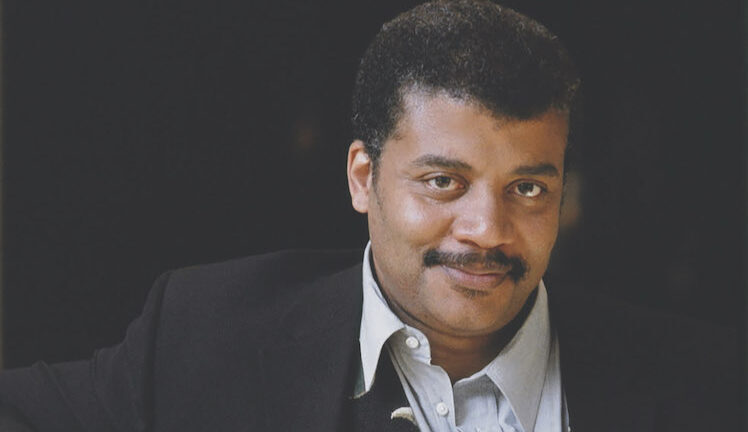American astrophysicist Dr. Neil deGrasse Tyson has popularized the science since the early 1990s.
Over the years, however, the way Tyson communicates the ideas of science and the truths of the universe has evolved. He says “the system has broken down in recent years, where people are picking their own truths.”
He’ll share his thoughts on this and “cosmic collisions” during a stop at the Arizona Financial Theater on Thursday, March 9.
“Things that collide in the night — galaxies, stars, and black holes colliding in space — know no end,” Tyson says.
“There could even be intersecting universes, parallel universes, for example, and then there are colliding particles, colliding asteroids.”
While the idea of gargantuan objects hitting each other at unfathomable speeds might seem grim, some of these cosmological events have resulted in the reality we live in, he says.
“The asteroid that killed the dinosaurs 65 million years ago opened up an ecological niche for newly formed mammals to evolve into something more ambitious than just tree rodents, scurrying around, trying to ‘avoid being eaten by T-Rex’, he says.
His presentations are fully illustrated with videos, slides and simulations. Information changes from date to date, as there are dozens of topics for event planners to choose from.
Tyson has devoted his life to the study of science, spending time running institutions such as the Hayden Planetarium in New York. Meanwhile, he brings complex knowledge to people all over the world.
New research allows Tyson to reference findings that give him and those he presents “a deeper, more sensitive awareness of what’s going on,” he says. One of the most recent breakthroughs in astrophysics was the launch of the James Webb Space Telescope in December 2021.
“Now the James Webb Telescope has truly transcended the Hubble Telescope, not only in the distance it can see, but also in the level of detail it provides and the new windows it opened up on the phenomena of the universe,” he said.
The James Webb Telescope has been so valuable because it has much greater light gathering power than the Hubble Telescope. For this reason, the longer and weaker wavelengths of light are studied in more detail. It allows researchers to see further into the timeline of the universe.
Tyson acknowledges that most people don’t spend an evening listening to an astrophysicist lecture. However, space has increasingly become a topic of interest in recent years. He said there is definitely an “appetite” for this information, and he considers it his job to provide this information to the public.
Along with the lecture series, Tyson released the book “Starry Messenger: Cosmic Perspectives on Civilization” late last year. The book is a departure for Tyson because it offers scientific insights into social and political issues.
Tyson is active on social networks, reflecting on the comments of his followers. It adjusts the way it presents information to ensure objective truth, “brought to you by the methods and tools of science”, can land on as many ears as possible, he said.
“It helped me sharpen my communication tactics.”
He said we must teach “science as a perhaps unique method of approach to establishing what is and is not objectively true in the world.” This would help us better account for our biases and unseen influences on measurements, according to Tyson.
Dr. Neil deGrasse Tyson: “Cosmic Collisions”
WHEN: 7:30 p.m. Thursday, March 9
OR: Arizona Financial Theatre, 400 W. Washington Street, Phoenix
COST: Tickets start at $59.50
INFORMATION: livenation.com




Add comment